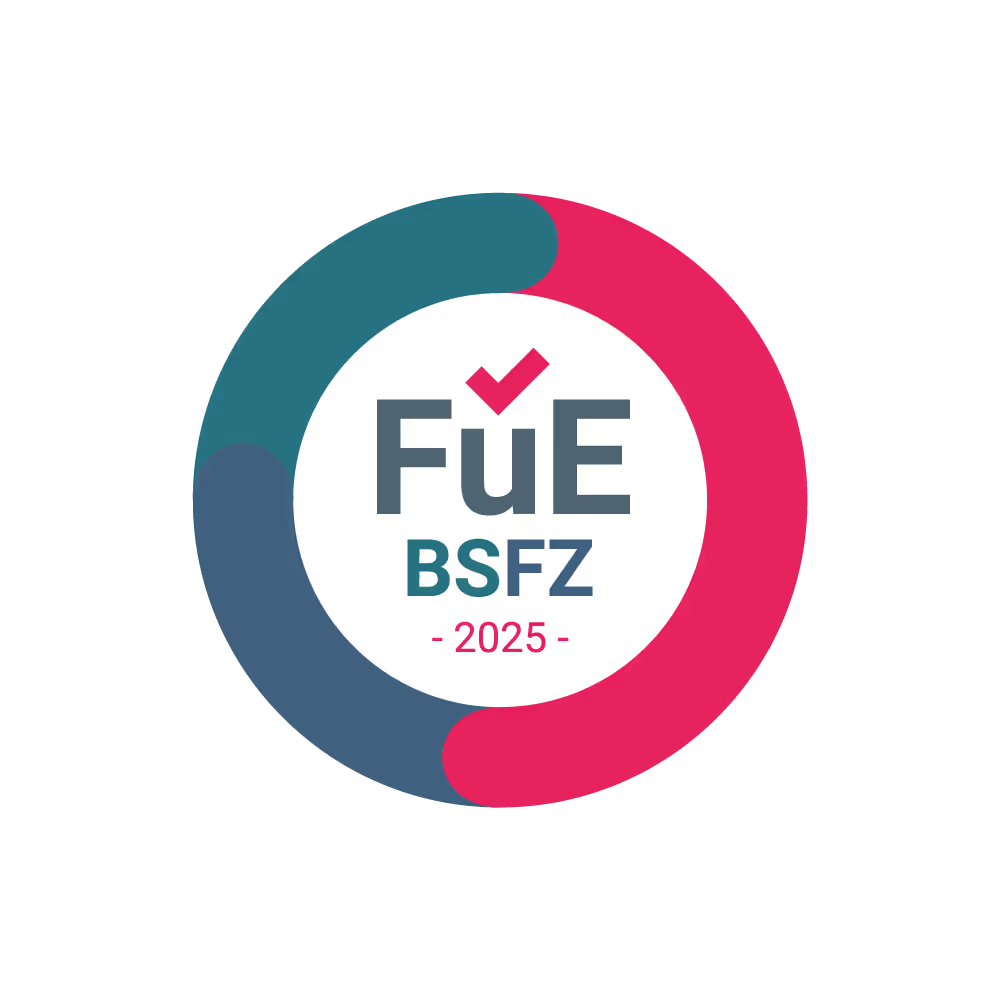Optimisation of procurement processes with Process Mining
The procurement process is the starting point for numerous value chains and plays a decisive role in determining whether materials, components or services are available at the right time and in the right place. Optimising procurement processes is therefore extremely important – they ensure production capacity and thus contribute to the competitiveness of companies. The smoother the procurement process works, the more flexibly a company can respond to changes in the market, among suppliers or in demand.
In practice, however, optimising these processes is often more difficult than expected. The reasons for this usually lie in fragmented system landscapes, media breaks and non-transparent processes. Process Mining provides a remedy here: the data-based analysis method makes real process flows visible on the basis of digital traces and provides objective insights into actual procurement processes. This enables the method to optimise procurement processes based on facts.
Basics of optimising procurement processes
The procurement process encompasses all activities necessary to procure the required goods and services from external suppliers. This process typically goes through five key phases:
- Requirement specification: Identification and specification of requirements by the specialist departments, including the definition of quantities, quality requirements and delivery dates.
- Supplier selection: Researching potential suppliers, obtaining quotes, evaluating them according to defined criteria and finally selecting the most suitable supplier.
- Ordering: Formally placing the order with all relevant conditions, delivery dates and specifications, followed by order confirmation.
- Goods receipt: Acceptance, inspection and posting of the delivered goods or services, as well as forwarding to the requesting department.
- Payment processing: Invoice verification, approval and final payment in accordance with the agreed payment terms.
Challenges in optimising the procurement process
A procurement process spans multiple departments. Each of these departments works with its own IT systems, pursues different goals and has specific workflows. This organisational fragmentation leads to media breaks, missing interfaces and manual transfers, which in turn results in a lack of transparency, long throughput times and increased coordination effort. In addition, processes do not always follow the defined standard: for example, requirements are met outside the intended process (‘maverick buying’).
All of this has a negative impact on process quality and makes it nearly impossible to objectively assess actual performance or the causes of delays. Process steps are not systematically documented, resulting in gaps in traceability. Process Mining tools offer decisive added value here. They analyse digital traces created in IT systems during each transaction and compile them into a complete picture of the actual process flow. This transparency forms the basis for data-driven optimisation of procurement processes.
Optimising procurement processes with Process Mining – how it works
Process Mining is a data-based analysis method that reconstructs and visualises real business processes based on digital traces in IT systems. Every process step in enterprise systems such as ERP or CRM leaves a digital footprint. These so-called event logs contain information about timestamps, actions performed and responsible persons. Process Mining evaluates these data traces and combines them to form a complete, objective picture of the actual process flows. A distinction is made between process discovery, conformance checking and enhancement.
Process Mining brings together the scattered data sources in the procurement process and, for the first time, reveals how the individual steps from the purchase requisition to payment actually interlock.
Optimising procurement processes with Process Mining: examples & use cases
Procurement processes involve numerous, sometimes detailed workflows with a wide range of interactions. Process Mining creates the transparency needed to make such processes visible and improve them in a targeted manner.
Curbing Maverick Buying
Maverick buying is one of the most common and costly problems in procurement. These purchases often arise due to time pressure, unclear processes or a lack of system integration, and are often associated with increased costs and compliance risks. Process Mining automatically identifies maverick buying by recognising patterns such as goods received without an order, invoices without a prior order or unusually fast delivery times. The technology can quantify these deviations and trace their origin, which is why Process Mining provides valuable control impulses in retail.
Cut down on lay times
Goods receipt is often characterised by long waiting times between delivery and posting, incomplete goods receipt checks or parallel entries in multiple systems. Process Mining provides transparency on how long goods actually remain in goods receipt before they are checked, posted and stored. Process Mining for logistics identifies bottlenecks in goods receipt inspection and reveals where media breaks between different systems lead to delays.
Avoid unnecessary loops in the ordering process
Manual approval steps, duplicate entries and a lack of system integration lead to significant delays in the ordering process. Process Mining reveals where processes are not running smoothly, which activities are being repeated and how much time is being lost as a result of these loops.
Eliminate duplicate payments
Payment processing is often inefficient due to complicated invoice verification processes, unclear approval workflows, or a lack of coordination between purchasing and accounting. Process Mining visualises the entire invoice processing workflow and shows whether the same invoice is checked multiple times or approved via different channels.
Implementing procurement process optimisation – with Process.Science
The introduction of Process Mining is often perceived as a challenge. Many companies shy away from the effort involved in additional system integrations or fear complicated implementations. This is particularly the case in procurement, where processes span purchasing, logistics, accounting and IT.
With Process.Science, implementation is surprisingly straightforward. The key difference: our solutions can be integrated directly into your existing business intelligence platforms. This allows you to analyse your processes where your data already converges. The advantage: no additional platform, no detours, no lengthy implementation projects. Instead, you quickly gain practical insights into your real-world processes. With our out-of-the-box solutions for Power BI and Qlik Sense, you can directly identify potential for optimising your procurement processes.
For additional information, please contact:
Process.Science GmbH & Co. KG
Babette Schroth
Tel.: +49 40 573 09 261
E-Mail: bs@process-science.com

Featured Posts
Tags
Schedule an appointment
Start analyzing and optimizing your processes today. Please contact us for an individual offer.
CONTACT












